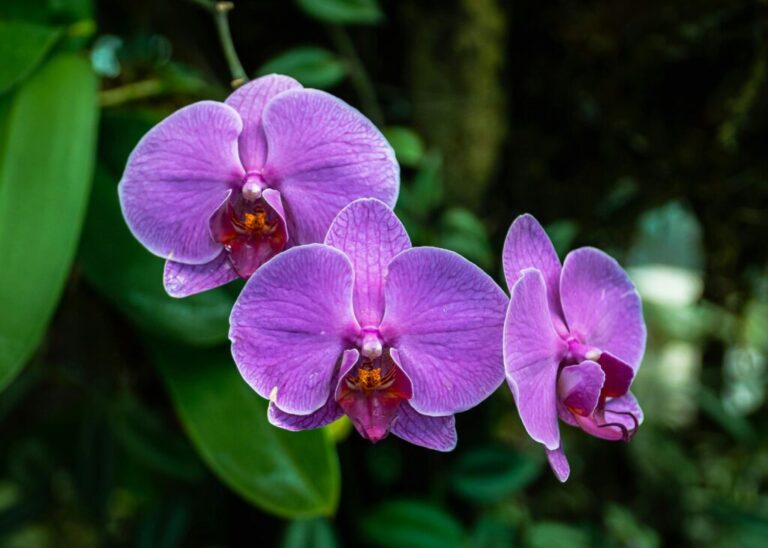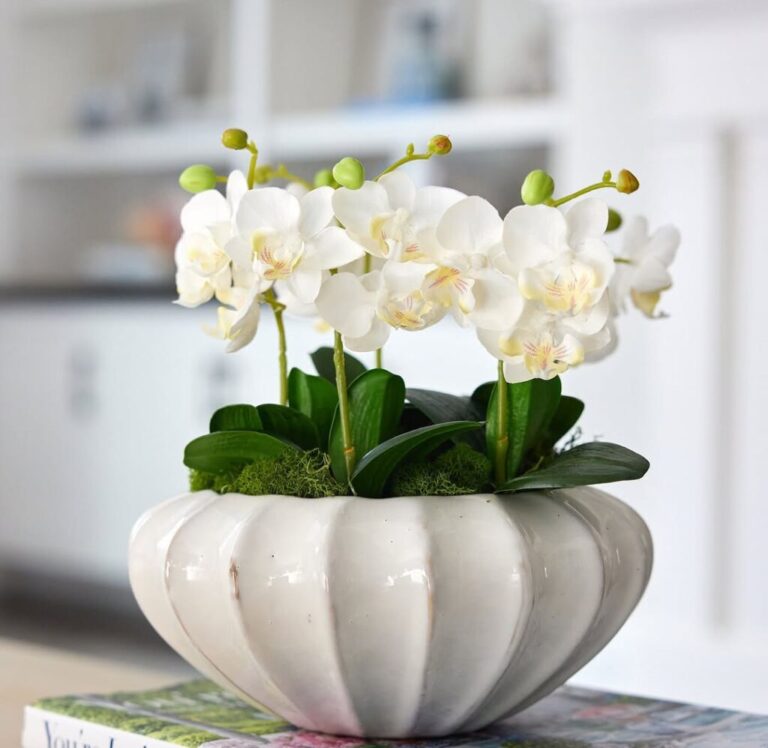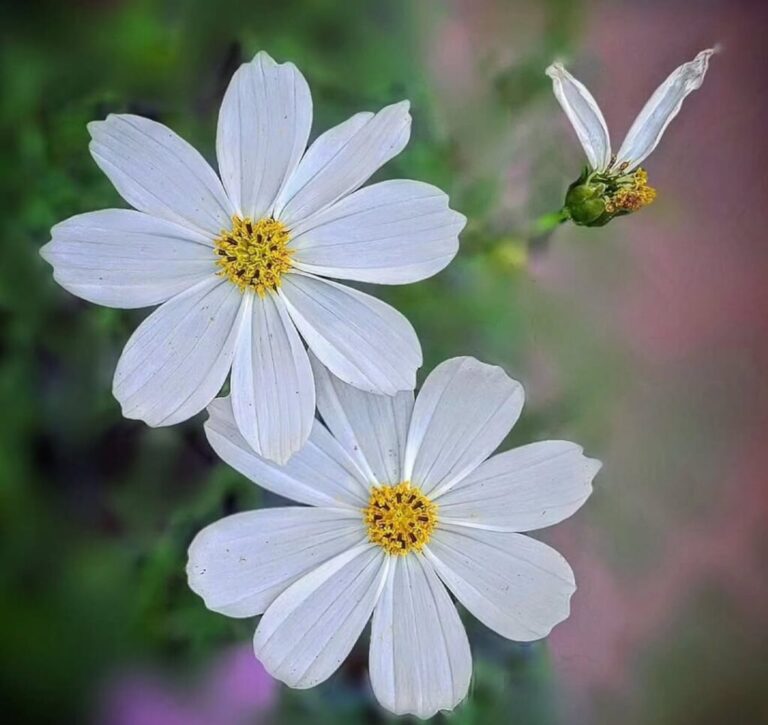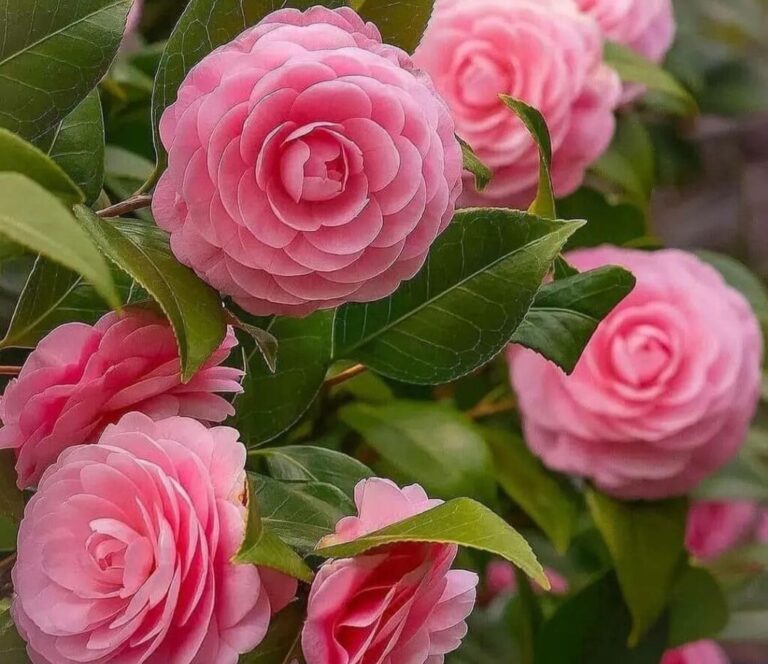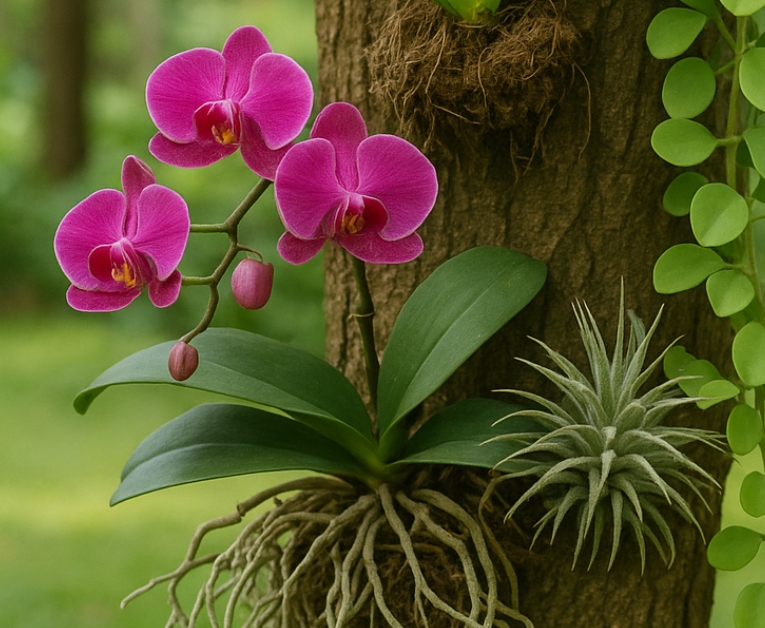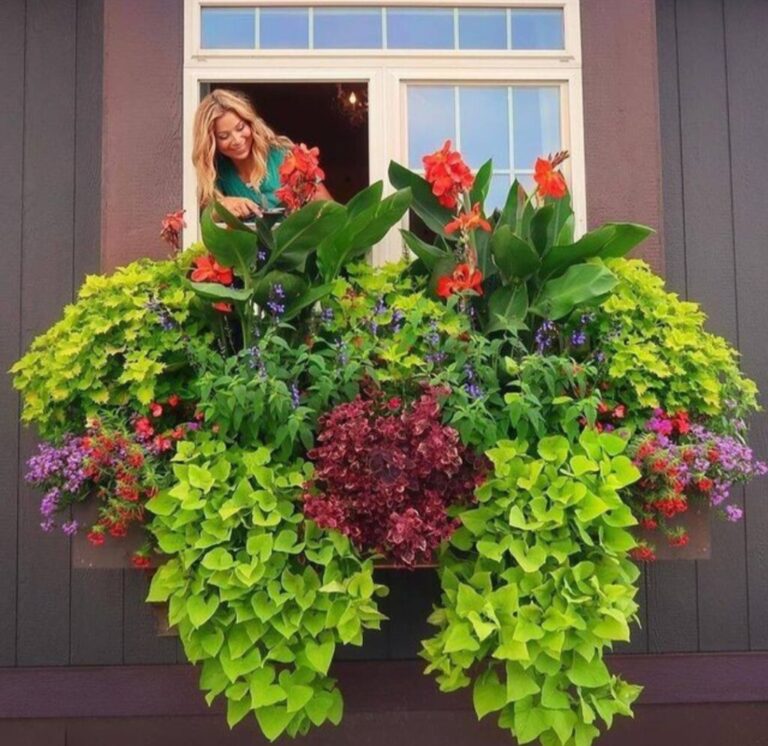Orchids, with their exquisite beauty and delicate nature, have captivated the hearts of flower enthusiasts for centuries. To ensure the health and vibrancy of these magnificent plants, orchid enthusiasts employ various methods, one of which involves the use of hydrogen peroxide. This seemingly ordinary household substance possesses extraordinary properties that make it an invaluable tool in orchid care. From promoting root health to preventing bacterial and fungal infections, hydrogen peroxide offers a range of benefits that help orchids thrive in their unique and often challenging environments. Let us go deeper into the fascinating world of orchids and discover the intriguing role that hydrogen peroxide plays in their cultivation.

What is hydrogen peroxide
Hydrogen peroxide (H2O2) is a chemical compound composed of hydrogen and oxygen. It is a colorless liquid with powerful oxidizing properties. Hydrogen peroxide is commonly used as a disinfectant, cleaning agent, and bleaching agent due to its ability to break down into water and oxygen. It can effectively kill bacteria, viruses, and fungi, making it useful for sterilizing surfaces, treating wounds, and promoting hygiene. However, it should be used with caution and following proper instructions, as high concentrations or improper use can be harmful.. It can be found in most pharmacies and grocery stores.
Hydrogen peroxide and orchid health
Hydrogen peroxide (H2O2) is sometimes used with orchids for various reasons. Here are a few possible applications:
Hydrogen peroxide is sometimes used for disinfection purposes in relation to orchids. When working with orchids, it’s important to maintain clean and sterile conditions to prevent the spread of pathogens and diseases. Here’s how hydrogen peroxide can be used for disinfection:
Cleaning Tools and Equipment:
Tools such as pruning shears, scissors, and gardening knives used for orchid care should be disinfected regularly. You can soak these tools in a solution of hydrogen peroxide (diluted with water) to kill any bacteria or fungi present on their surfaces. After soaking, rinse the tools with clean water and dry them before using them again.
Sterilizing Pots and Containers: Orchid pots and containers should be cleaned and sterilized before repotting orchids or using them for propagation. Hydrogen peroxide can be used to disinfect these containers. Fill a basin or sink with a hydrogen peroxide solution (usually a 10% concentration or lower) and soak the pots for a few minutes. Rinse them thoroughly with water and allow them to dry before use.
Disinfecting Growing Media:
If you reuse potting media for orchids, it’s essential to disinfect it to eliminate any potential pathogens. You can spray or mist the potting medium with a diluted hydrogen peroxide solution to help kill any harmful organisms. Make sure not to oversaturate the medium, as excessive moisture can be detrimental to the orchids.
Remember to follow the instructions on the hydrogen peroxide product label and take necessary precautions while handling and using it. Additionally, it’s a good practice to regularly clean and disinfect your orchid growing area to maintain a healthy environment for your plants.
Root Rot Prevention:
Root rot is a common problem in orchids and can lead to the decline and death of the plant if left untreated. Hydrogen peroxide can be used as a preventive measure to help control and prevent root rot in orchids. Here’s how it can be used for root rot prevention:
Diluted Hydrogen Peroxide Solution: Prepare a diluted solution of hydrogen peroxide by mixing equal parts of hydrogen peroxide and water. A commonly recommended concentration is around 3% hydrogen peroxide. This solution is used to treat the orchid roots.
Root Treatment: Gently remove the orchid from its pot and carefully inspect the roots. Trim away any mushy, brown, or decaying roots using sterilized tools. Place the healthy roots in the diluted hydrogen peroxide solution and allow them to soak for about 15 minutes. This helps eliminate any pathogens present on the roots.
Rinsing and Repotting: After the root treatment, rinse the orchid roots thoroughly with clean water to remove any remaining hydrogen peroxide solution. Allow the roots to dry for a short while before repotting the orchid in fresh, well-draining orchid potting mix. Ensure that the potting medium is not overly wet, as excess moisture can contribute to root rot.
It’s important to note that hydrogen peroxide treatment should not be done excessively, as it can harm the orchid roots if used too frequently or at high concentrations. Additionally, maintaining proper orchid care practices such as providing adequate drainage, avoiding overwatering, and providing good air circulation can also help prevent root rot in orchids.
If you suspect root rot or are unsure about treating your orchid, it’s recommended to consult with experienced orchid growers or horticulturists who can provide specific guidance based on the needs of your orchid species.
Oxygenation for orchids
Oxygenation is another application of hydrogen peroxide in relation to orchids. Orchid roots require a sufficient supply of oxygen to thrive, and hydrogen peroxide can help increase oxygen levels in the root zone. Here’s how hydrogen peroxide can be used for oxygenation:
Diluted Hydrogen Peroxide Solution: Prepare a diluted solution of hydrogen peroxide by mixing one part of 3% hydrogen peroxide with nine parts of water. This creates a 0.3% hydrogen peroxide solution, which is commonly used for oxygenation.
Watering with Hydrogen Peroxide: When watering your orchids, instead of using plain water, you can add the diluted hydrogen peroxide solution to the water. The hydrogen peroxide releases oxygen molecules when it comes into contact with the water, which helps increase the oxygen levels in the root zone.
Applying Oxygenated Water: You can apply the oxygenated water to the orchid’s potting medium as you would during a regular watering routine. Ensure that the potting mix absorbs the water and that excess water drains out properly. Avoid overwatering or allowing the orchid to sit in stagnant water, as this can lead to root rot.
By adding hydrogen peroxide to the water, you provide additional oxygen to the orchid roots, which can promote healthier root growth and overall plant vitality. It’s important to note that oxygenation with hydrogen peroxide should be done in moderation and not used excessively, as high concentrations or frequent applications can be detrimental to the orchid’s roots.
As with any care practice, it’s advisable to consider the specific needs of your orchid species and to seek advice from experienced orchid growers or horticulturists for guidance on oxygenation techniques that are suitable for your orchids.


